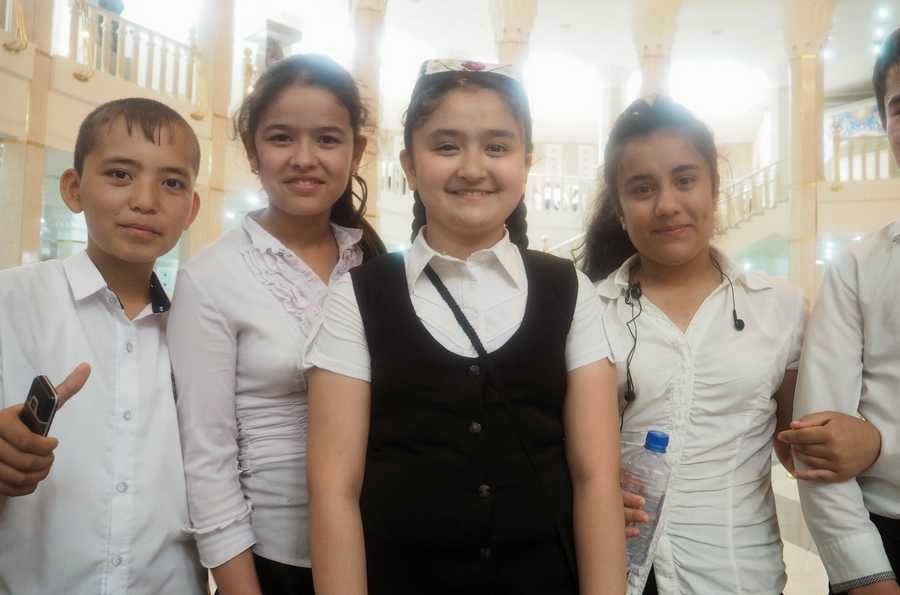It was still only 9.00 a.m. and check in was 2.00 p.m, so in spite of the lack of sleep we set off to explore the city. First problem was to locate the bus stop which in spite of a map was not immediately obvious. Eventually we boarded the City Tour bus and went to the National Museum of Korea - a wonderful museum although I was too tired to absorb very much. The shapes and decorations of the ceramics and other artifacts are very different from those of Central Asia.
That evening we ventured out of the hotel looking for somewhere to eat and found a whole street of mostly barbeque restaurants just a few metres away.
11th May. Back on the bus to explore the city's palaces. I knew nothing of Korea's history or that of the Joseon Confucian dynasty who ruled Korea from 1392 to 1897 and left a legacy of several large palaces so we had a lot to learn. We only managed two palaces and the Secret Garden.
12th May. Monday and most palaces and museums were closed so we explored our local market, Namdaemun and then intended to visit the fabric market at Dongdaemun but I developed a cold and went to sleep instead.
The photographs below record some of our impressions of Seoul.
I was surprised by the number of churches in Seoul and to learn there were over 100 Korean saints who were martyred for their faith in the 19thC.


In the grounds of the National Museum.
Polishing the floor of the museum.
Not sure of the significance of ducks.
Page from a child's textbook of Confucian principles.
Examples of Korean ceramics.
A garden on the dashboard of the City Tour bus.
An entrance gate to Changgyeonggung Palace which was originally built in 1484. It was destroyed by the Japanese in 1592 and again in the early 20thC.
Sungmundang Hall where the king held banquets and discussed affairs of state and classical literature.
Interior view of Sunmundang Hall
In the Secret Garden at Chang Deok Gung Palace.
Guides from the Secret Garden.
Waiting at the bus stop and conversing with this Korean via his smart phone. You can speak to it in Korean or English and a translated version appears on the screen.
Console for the loo in the Hotel Manu.
Namdaemun market could be anywhere in Asia.
Camera Alley had a whole street of cameras and enormous lenses, but no compact cameras.
Dog Outfitter.
I hope this gives some idea of our experience and impressions of Seoul, the last stop on our trip.We are now back in Melbourne and it will soon be winter and time for this blog to go into hibernation until we set off travelling again.




















































